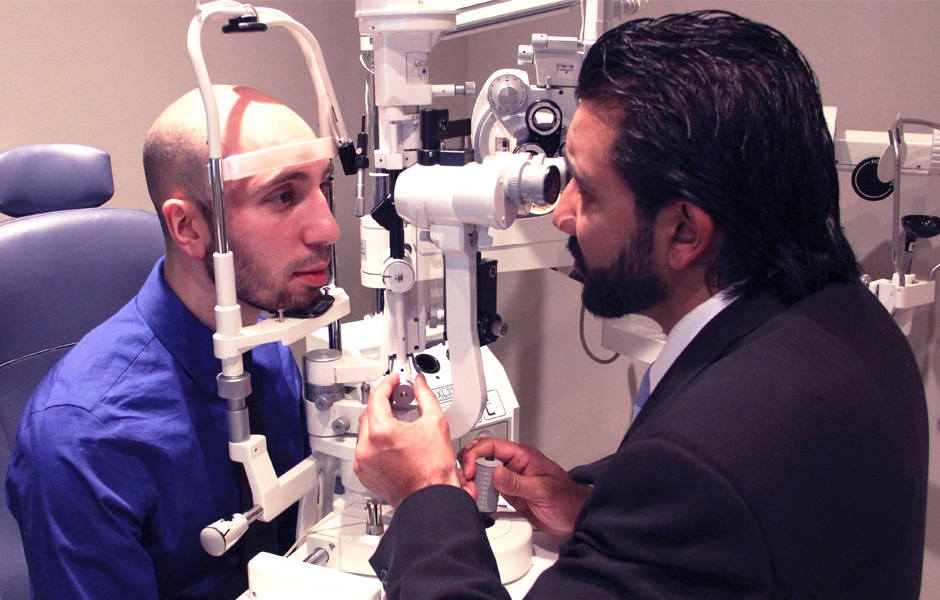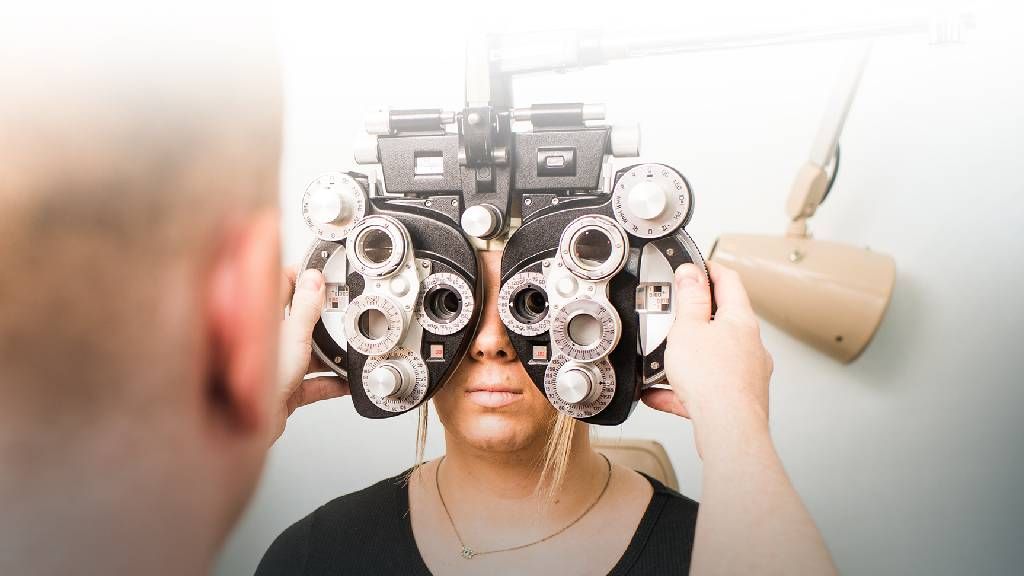Family Eye Doctors in Andalusia: Comprehensive Vision Treatment
Understanding the Various Vision Adjustment Procedures Available for Clearer Sight
In the world of vision modification procedures, a multitude of alternatives exist to deal with refractive mistakes and supply people with more clear view. From the commonly acknowledged LASIK surgical treatment to less intrusive treatments like PRK and implantable lenses, the field of ophthalmology supplies a variety of techniques customized to match different demands and preferences. Each treatment includes its very own set of factors to consider, benefits, and potential dangers. Comprehending the nuances of these vision correction techniques is important for making informed decisions concerning one's aesthetic health. Allow's explore the ins and outs of these treatments and clarified the path to accomplishing improved vision clearness.
LASIK Surgery
LASIK surgical treatment is an usual refractive procedure utilized to remedy vision troubles such as astigmatism, nearsightedness, and farsightedness. This surgical method, which means Laser-Assisted sitting Keratomileusis, intends to improve the cornea to boost how light is concentrated on the retina, inevitably boosting vision quality. Throughout the treatment, a thin flap is developed on the cornea, and a laser is made use of to remove accurate quantities of cells to improve it suitably. This improving permits light to be accurately concentrated onto the retina, dealing with refractive mistakes.
One of the primary advantages of LASIK surgical procedure is the fast enhancement in vision experienced by individuals. Numerous individuals see a substantial improvement in their eyesight immediately after the treatment. In addition, a lot of clients report minimal discomfort and pain during the surgery and recuperation period. The recovery time for LASIK is fairly quick, with many individuals going back to their everyday activities within a day or more post-operation. In general, LASIK surgery is a preferred option for individuals seeking a long-lasting solution for their vision troubles.
PRK Procedure

PRK is an ideal choice for people with slim corneas or those at a greater threat of eye injuries, as it does not involve producing a corneal flap. The recovery procedure for PRK is somewhat longer contrasted to LASIK, as the epithelium requires time to restore. Individuals might experience discomfort and fuzzy vision for a couple of days following the procedure.
Regardless of the longer recuperation time, PRK can yield exceptional cause vision improvement, making it a beneficial alternative for those who may not appropriate candidates for LASIK surgery. - Cardiologist Andalusia
Implantable Lenses
In comparison to PRK where the cornea is improved directly, implantable lenses supply one more method this contact form for correcting vision by placing synthetic lenses inside the eye. This treatment is especially advantageous for individuals with high degrees of astigmatism, nearsightedness, or farsightedness that may not be ideal candidates for laser surgical procedures like LASIK or PRK.
Implantable lenses, additionally called phakic intraocular lenses, work by supplementing the eye's natural lens with a synthetic one. These lenses can be positioned in front of the all-natural lens (anterior chamber) or behind the iris and before the natural lens (posterior chamber) By changing the power and positioning of these lenses, ophthalmologists can successfully deal with refractive errors and enhance visual skill.
One advantage of implantable lenses is that they are detachable and exchangeable, offering versatility for future modifications. As with any kind of medical treatment, there are risks involved, such as infection or cataract development. Individuals thinking about implantable lenses ought to talk to an eye treatment expert to determine one of the most ideal alternative based on their individual requirements and eye health and wellness.
Corneal Rings

The procedure for placing corneal rings is relatively quick and minimally invasive, commonly carried out as an outpatient procedure. During the surgical procedure, the ophthalmologist makes a tiny cut in the cornea and inserts the rings at a certain deepness. When in location, the rings aid to improve the cornea, providing a smoother surface area for light to go into the eye, which can lead to clearer vision.
Corneal rings are taken into consideration a reversible treatment, as they can be removed or changed if necessary. While they might not totally eliminate the need for glasses or contact lenses, corneal rings can substantially boost vision top quality and total aesthetic convenience for individuals with keratoconus Recommended Reading or other corneal abnormalities.
Refractive Lens Exchange
Following the adjustment of corneal irregularities with treatments like corneal rings, one more vision improvement technique that can attend to refractive mistakes is Refractive Lens Exchange (RLE) RLE is an operation that involves replacing the eye's all-natural lens with a synthetic intraocular lens (IOL) to deal with refractive mistakes such as farsightedness, nearsightedness, and presbyopia. This treatment is especially useful for people that may not be appropriate candidates for treatments like LASIK or PRK because of variables such as slim corneas or high refractive errors.
RLE is similar to cataract surgery, as both entail removing the eye's natural lens; nonetheless, in RLE, the lens is clear, not gloomy as in cataracts. The artificial lens implanted throughout RLE can be tailored to attend to the individual's specific refractive mistake, offering clear vision at numerous distances. Healing time for RLE is reasonably fast, and people can expect better vision not long after the procedure. Just like any surgery, prospective threats and problems exist, so an extensive consultation with an eye care specialist is necessary to identify if RLE is the right vision adjustment alternative.
Verdict

In the realm of vision correction procedures, a multitude of choices exist to address refractive mistakes and give people with more clear sight.LASIK surgery is a common refractive treatment used to deal with vision troubles such as astigmatism, nearsightedness, and farsightedness.While also a common refractive treatment, the PRK (Photorefractive find out Keratectomy) strategy varies from LASIK surgical procedure in its approach to fixing vision problems.Adhering to the improvement of corneal irregularities with treatments like corneal rings, an additional vision improvement technique that can resolve refractive errors is Refractive Lens Exchange (RLE) LASIK surgical procedure, PRK treatment, implantable lenses, corneal rings, and refractive lens exchange are all alternatives that can address various vision concerns.